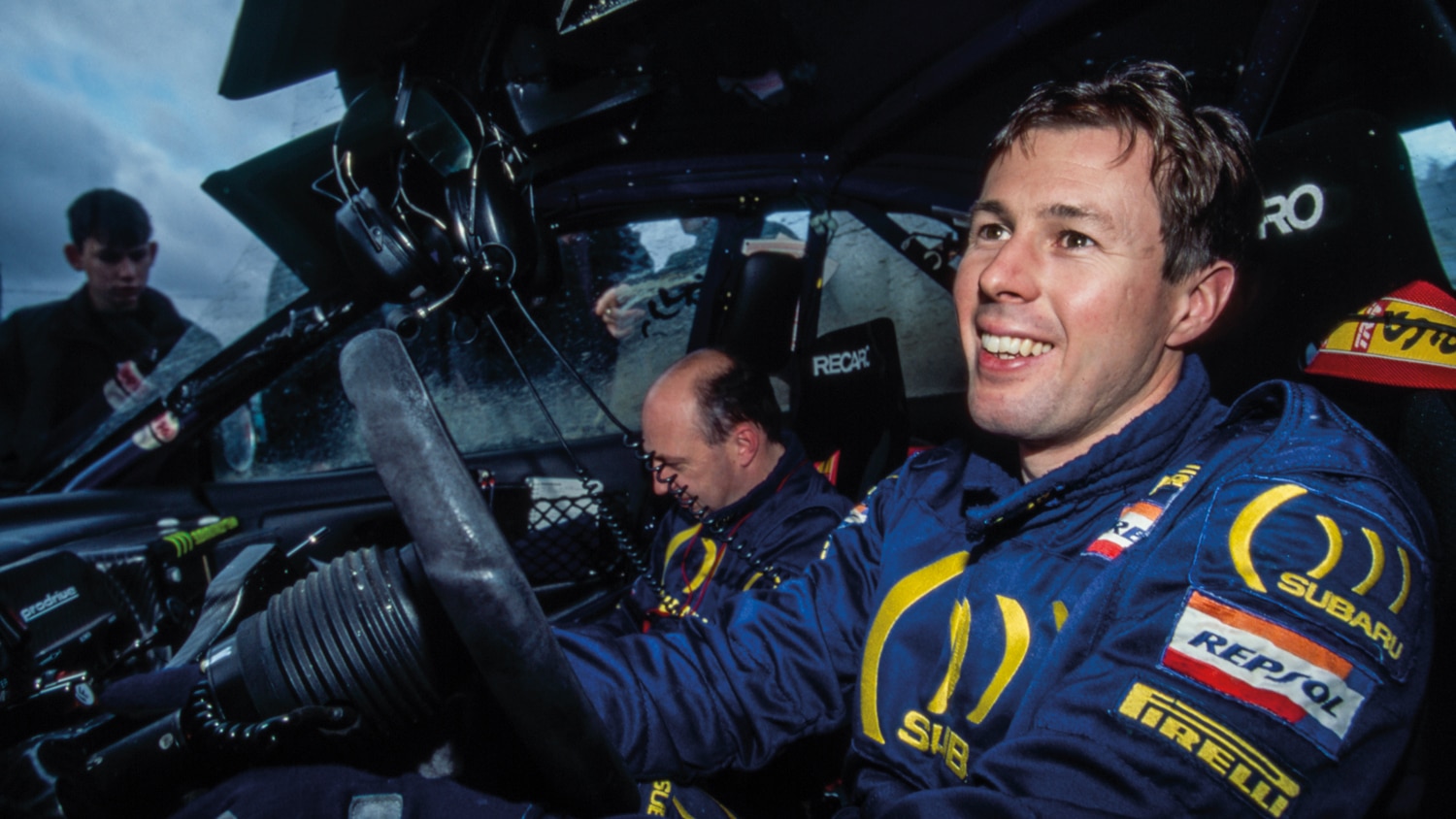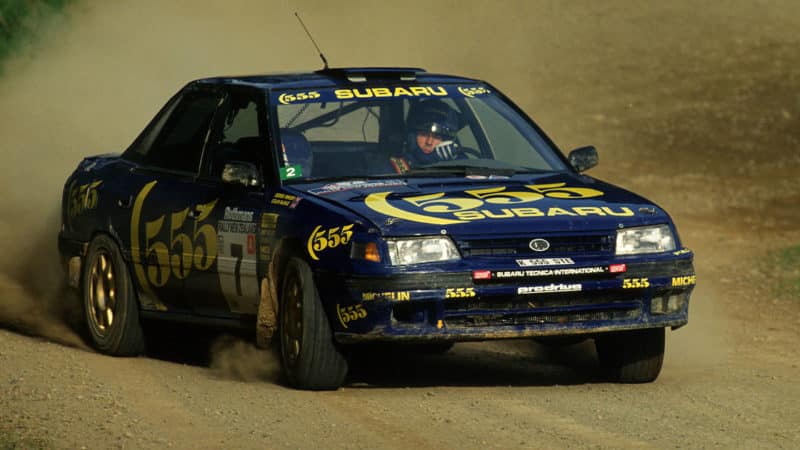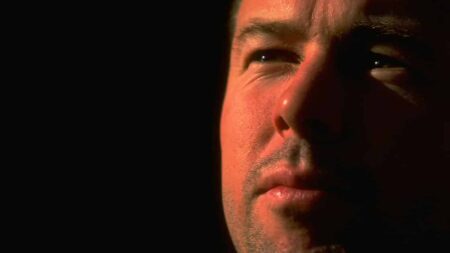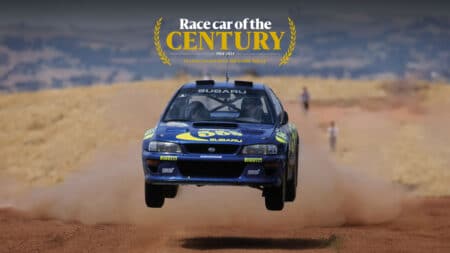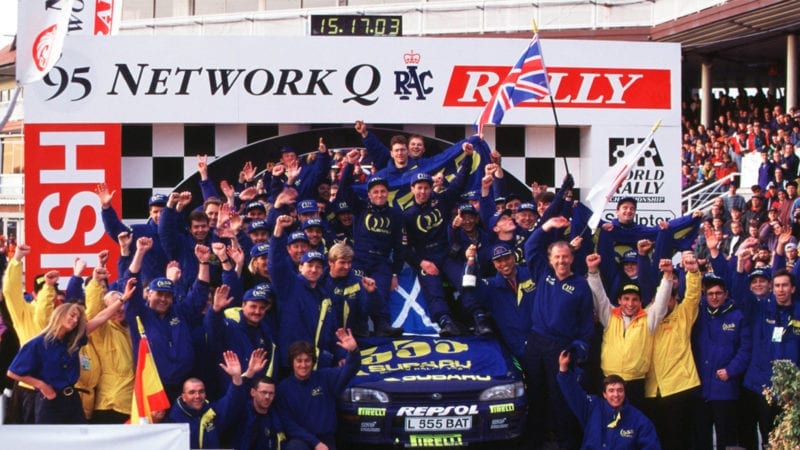Ford pondered giving Colin a car for 1991 but finally decided that at 22 he was too young for a full works drive. The future looked bleak until a discussion between Jimmy McRae and David Richards resulted in Colin being given a Prodrive Subaru Legacy RS for the BRC. At home he did not disappoint, winning four of the BRC qualifiers and sensibly finishing third on the last round to take the championship. With sponsors happy, Prodrive was able to offer him more of the same for ’92 plus five entries on classic WRC events. Colin simply blitzed the BRC with six straight wins and showed he was fully at home in world-class competition by finishing second in Sweden, fourth on the Acropolis and sixth on the RAC. The only blot on the record was his visit to the 1000 Lakes, where he left the road no less than three times — once before the start — and arrived to the finish in eighth place with a car lacking even one straight panel. Neither Subaru nor Prodrive were impressed as the state of the car hardly matched their image of a professional approach to rallying.
Still, McRae was fast, quick to learn and rapidly establishing a good rapport with the Prodrive engineers. He was not overawed by team-mates such as Markku Alén and Ari Vatanen, and for 1993 earned promotion from the BRC and did eight WRC events including a run on the Safari Rally in a Vivio: the little car lost out but Colin’s experience of different conditions and rallies was enhanced. The Acropolis ended with an accident but, on an event that he had done twice before things finally came good, he took his first WRC win in New Zealand. A win on the Malaysian Rally followed and the second half of the season looked much better than the first. He could have won the RAC Rally in an Impreza but for a tree branch in Kielder that pierced the radiator.
For 1994 he was now number two in the Subaru team to Carlos Sainz and had a full WRC programme. This was still the time of ‘rotation’, where some events were for manufacturer points only and others driver points only. By mid-season his best result was 10th on the Monte Carlo. A final shunt in Argentina left David Richards apoplectic, but then it was New Zealand again and McRae was magnificent: his control of the event showed maturity far beyond his 26 years. He went on to win Australia, finish fifth at San Remo and then confirm what everyone had known for years — that he could win the RAC Rally.
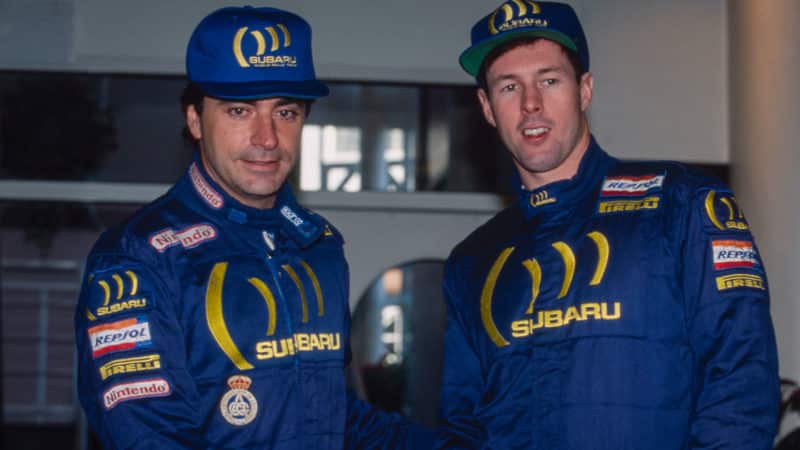
’95 eventually turned into an all-Subaru showdown between McRae and Sainz
DPPI
At the start of the 1995 season McRae was entering his third full season of WRC events with the Subaru team and his second at the wheel of the Impreza 555. At one and the same time, he was the apple of Richards’s eye and the source of frustration. His team-mate was Sainz who, despite only winning one round in ’94, had scored a string of podiums to wind up second in the drivers’ championship, two places ahead of the Scot.
With just eight WRC rounds and every score counting, the season started badly for McRae. He left the road on the infamous Sisteron stage of the Monte Carlo; Sainz went on to win. Then in Sweden they both had their engines fail, so Tommi Mäkinen now led Sainz by five points and McRae by 25. A muted performance in Portugal saw the young charger finish third, while Sainz took his second win of the season. The Spaniard now led the title chase again and was 28 points clear of McRae. In Corsica they finished fourth and fifth respectively so the gap between them widened slightly to 30 points. Richards remembers that: “Colin started the season as the young pretender expected to sit in the shadow of Carlos. By the middle of the year he was mature and reliable.” McRae always saw that he and Sainz were “equal in the team – same equipment, same opportunities”, but acknowledges that “the priority at the end of the year would depend on results.”
As soon as the drivers’ championship headed to the Antipodes things changed dramatically. Sainz had a mountain-bike accident and missed New Zealand and then retired in Australia. One might have expected McRae to have been more likely to have a spill but he has a theory: “It’s a question of natural ability. I knew how to fall and he didn’t.” With a first in New Zealand followed by a second place in Australia, McRae jumped Sainz and was now seven points behind the new leader, Juha Kankkunen, and five ahead of his team-mate. Two events remained: Catalunya and the RAC, each the home event for one of the Subaru drivers.
